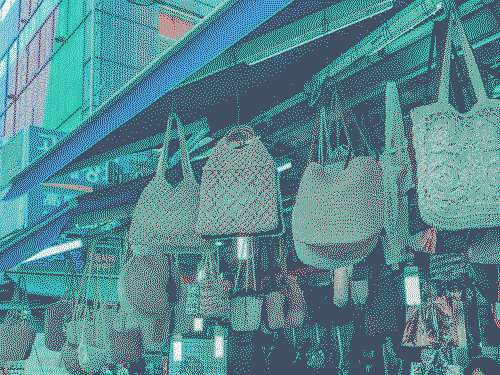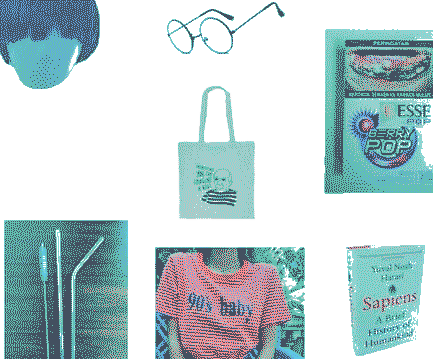Water is, "a concave, hollowed-out thing", "A leaf a gourd a shell a net a bag a sling a sack a bottle a pot a box a container. A holder. A recipient" to put "useful, edible, or beautiful" in, in short, a carrier bag.*
Ursula K. Le Guin’s carrier bag resembles Carson’s brackets. In her essay “the Carrier Bag Theory of Fiction,” Le Guin proposed a method of storytelling that does not rely on a heroic figure with a spear. What must have been invented prior to a spear is a carrier bag in which the findings of a hunter-gatherer could be carried. She suggests, from the interconnectedness of various elements in this bag, a fictional narrative can emerge.
Le Guin’s Carrier Bag Theory informs us about the strategy of dynamic embodiment in diagramming. The problematics of diagrams have originated from an omniscient observer that only represents instead of embodying. We imagine every diagramming body as a carrier bag that temporarily contains and becomes the bodies that are diagrammed. This malleability of diagramming identity dissolves the heroic diagrammer into fluctuating relationships of diagramming subjects.
However, designers should not confuse Ursula K. Le Guin's concept of the 'carrier bag' with the unquestioned practice of producing an unmediated abundance of free tote bags with logos during design fairs. The latter is a mere reproduction of consumerism and the attention economy.


* Ursula K. Le Guin, The Carrier Bag Theory of Fiction, introduction by Donna Haraway, images by Lee Bul (London: Ignota Books, 2020).
💧Reduction by Graphic Design
💧Diagramming Porously
💧Dough
💧LARP
💧Hydrofeminist Visual Language